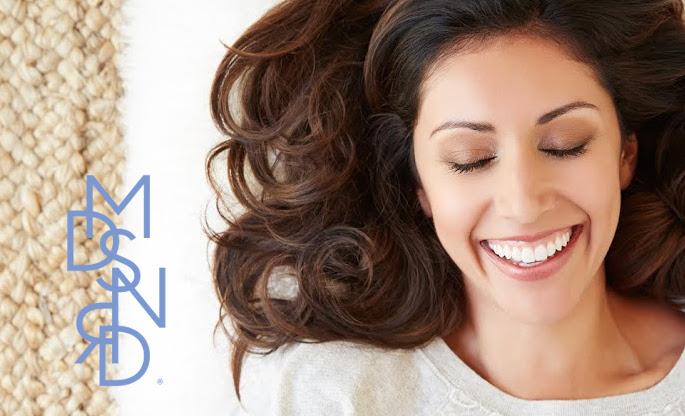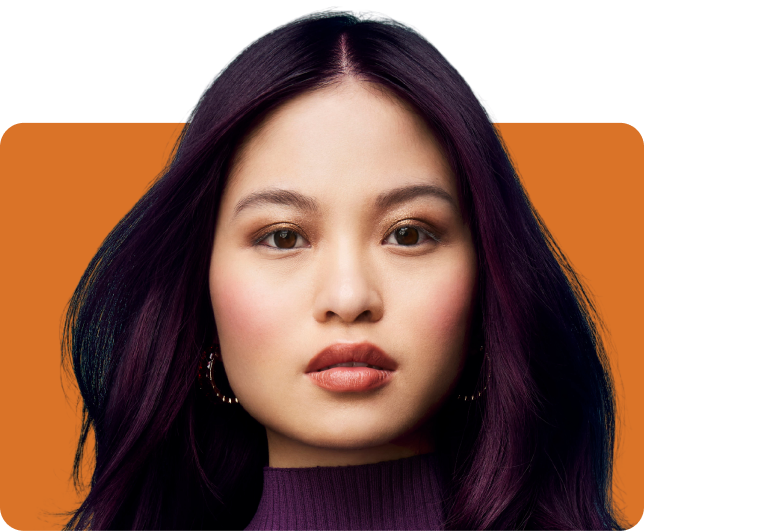Michelle Lemire | September 05, 2014
Inside Our Hair Formulas: Miraculous Micropigments

Image by Madison Reed
 Ever wonder why some hair dyes have to use chemicals so harsh you hair ends up fried and you smell like you just pulled an all-nighter at a hazardous waste dump? The main reason is because those dyes need chemicals like ammonia to blast hair shafts open wide enough to except the pigments they’re trying to shove in there.
Ever wonder why some hair dyes have to use chemicals so harsh you hair ends up fried and you smell like you just pulled an all-nighter at a hazardous waste dump? The main reason is because those dyes need chemicals like ammonia to blast hair shafts open wide enough to except the pigments they’re trying to shove in there.
Using the latest hair science, Madison Reed has re-engineered the hair coloring process to be gentler on your hair, thanks in part to micropigments. Micropigments are color molecules that are smaller in size than the ones used in typical hair dyes.
Instead of ammonia, we use Ethanolamine to gently swell the hair shaft to deposit the micropigments in the cuticle. Ethanolamine has no pungent smell and does not dramatically increase hair porosity, leaving hair stronger and allowing hair to hold color longer.
Another amazing thing we’ve been able to do with each of our colors is to blend two or three unique tones to create one rich, multi-tonal shade. This introduces natural-looking highlights and lowlights – an effect you usually have to go to a salon to get.
Find Your Perfect Shade
Take our 2 minute quiz to get your colorist-approved hair color match!
Take the quizGet Free Shipping
Plus exclusive promotions, hair tips and info about events near me when you subscribe!















